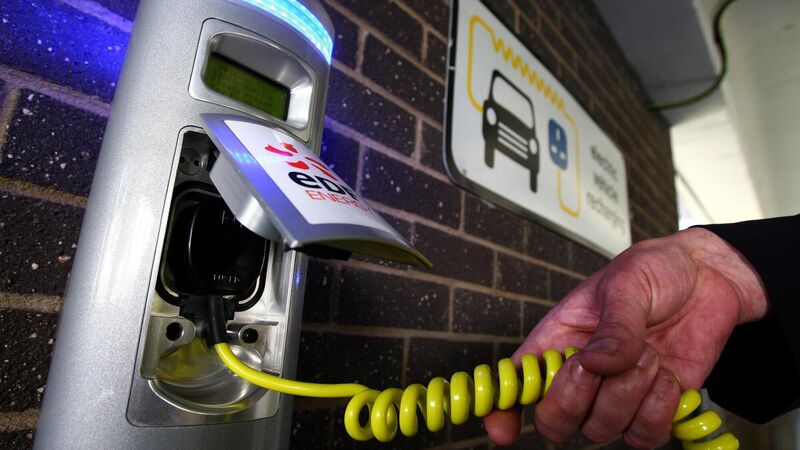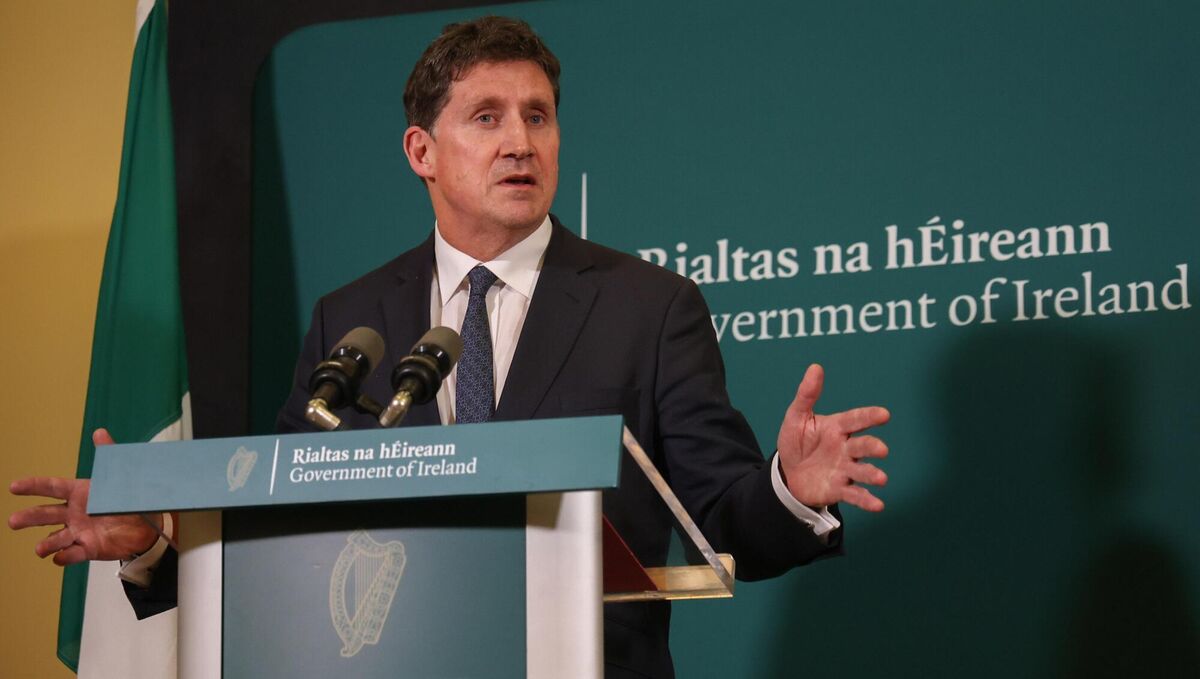Electric vehicle strategy aims to 'revolutionise' charging infrastructure

The Government will on Thursday launch its three-year €100m EV charging strategy aimed specifically at seven types of people — from a female taxi driver to a female retired 'urban dweller'.
The Government will on Thursday launch its three-year €100m EV charging strategy aimed specifically at seven types of people — from a female taxi driver to a female retired “urban dweller”.
They are among the seven so-called “personas” at the heart of Transport Minister Eamon Ryan’s new Electric Vehicles Charging Infrastructure Strategy 2022-2025.
“The new strategy takes a people-first approach, focusing on seven user groups (or personas),” the report summary states.
This is to illustrate “different transport needs” across different parts of the country both rural and urban, or in different housing types, for example.
The strategy identifies the personas as 'Caroline', the car sharer, 'Tara' the taxi driver, and 'Ruairi', the rural commuter.
There is also apartment dweller 'Anna', HGV driver 'Mike', retired urban dweller 'Rachel', and the tourist family, the 'Jacksons'.
So-called user-centred marketing strategies aside, the plan is a bid to revolutionise Ireland’s EV recharging infrastructure.
It will see a new grant scheme for EV chargers in sports clubs across Ireland and see fast chargers available every 60km on the motorway network.
It also promises “enhanced supports, advice and guidance” for local authorities to ensure they can install chargers in their areas easily

Mr Ryan said the strategy presents “an ambitious pathway and practical steps” for delivery of a national EV charging network which will lead to an increase in home/apartment charging, residential neighbourhood charging, destination charging and en-route charging.
He said it would also convince car users of the “feasibility of switching to an EV”, and enable Ireland to meet its national carbon reduction targets.
A new €15m Shared Island Sports Club Scheme will open on January 30 to help sports clubs install electric vehicle charge points in local communities across Ireland.
“When people drop off kids or go to the club for their own use, they can charge their car at the same time,” he said.
Other so-called “destination chargers” will be installed in locations like retail centres or tourism spots.
Mr Ryan said: “While this is a national plan, its success hinges on the enhanced supports and collaboration planned with local authorities.
”The EV Strategy sets out a roadmap for creating an entirely new infrastructure across the country — one that people can have confidence in and one that will encourage more and more people to choose EVs.
“It’s happening already.
“In all of this, our local authorities will play a vital role.
“The key anchor for this Strategy is the specialist ZEVI unit.
“Within this unit, we have the expertise, the knowledge, the guidance, the resources that local authorities will need to be able to make the best decisions on the procurement, leasing and location of EV chargers.
“One of the initiatives I really want local authorities to embrace are the mobility hubs where people can charge their own cars, charge their e-bikes or e-scooters, or use a shared EV, for example.
“This is already proving to be a success in Finglas in Dublin, and I think it should be a standard feature in our towns and cities nationwide.”
Minister of State Jack Chambers said: “This new strategy underpins our commitment to support the public in making the switch to electric vehicles."










